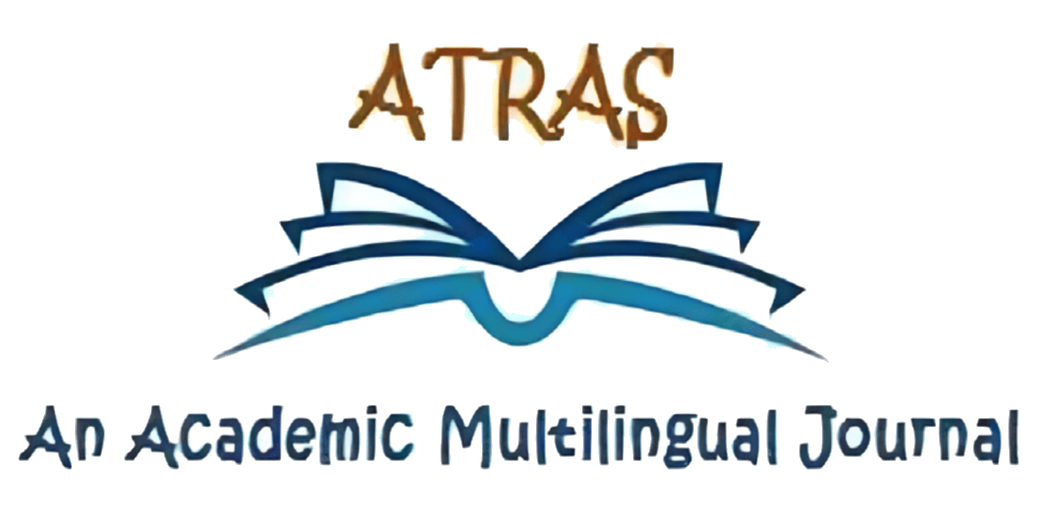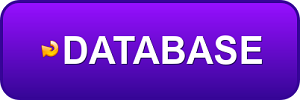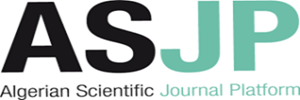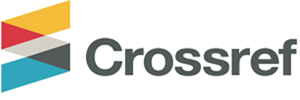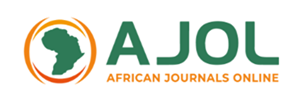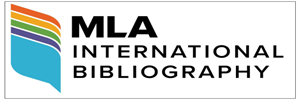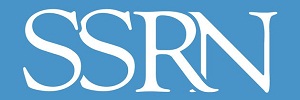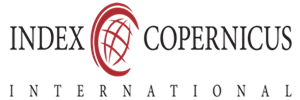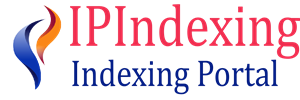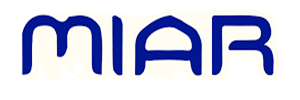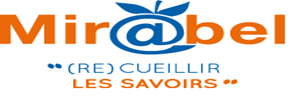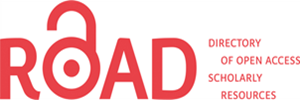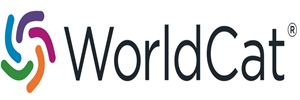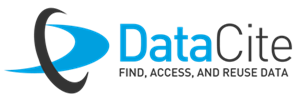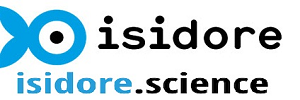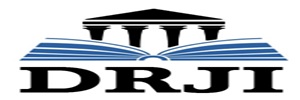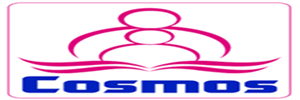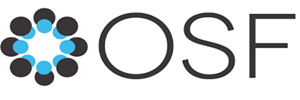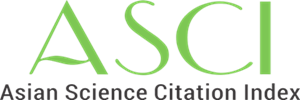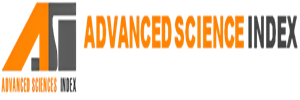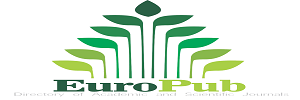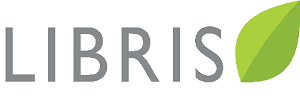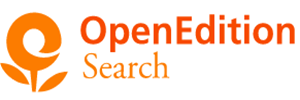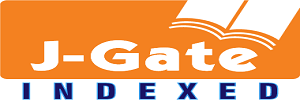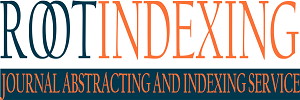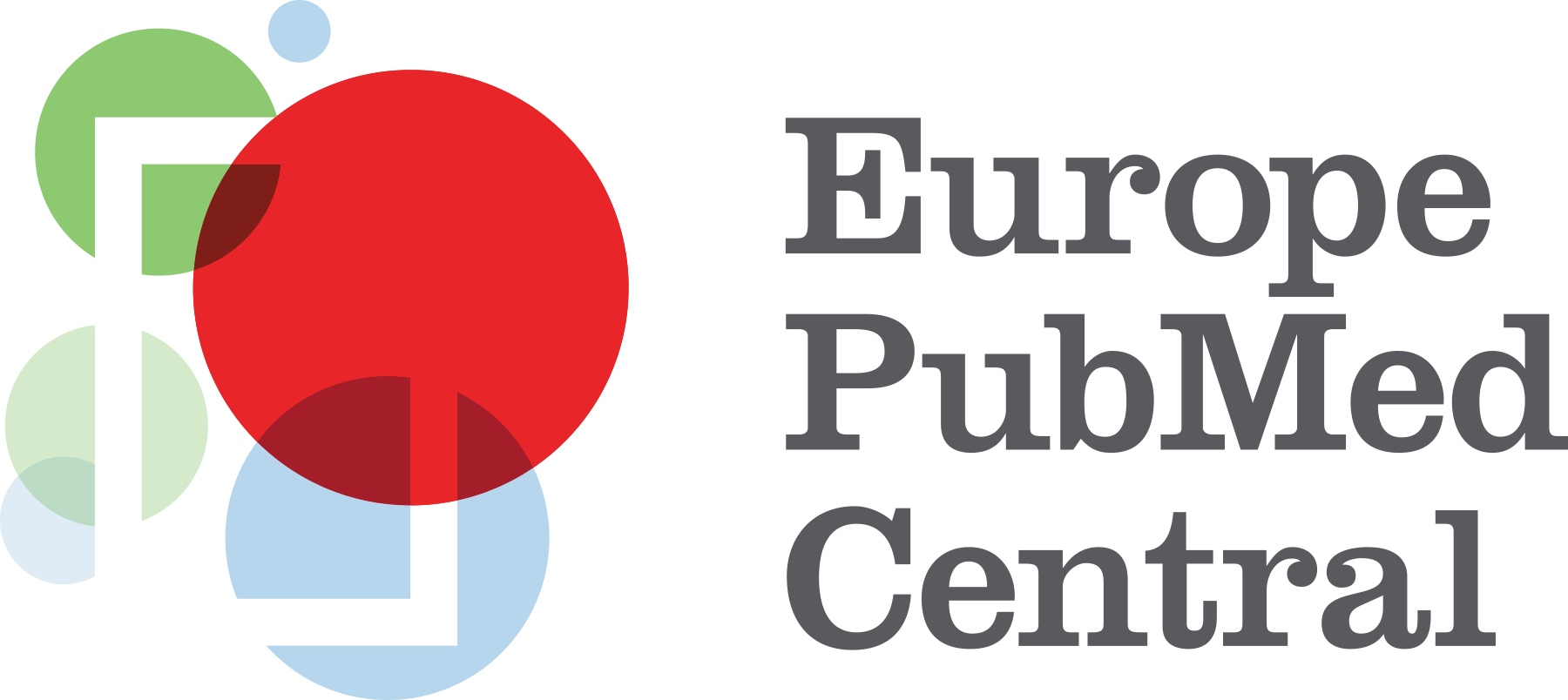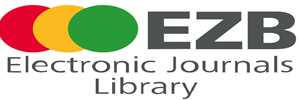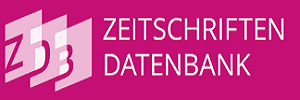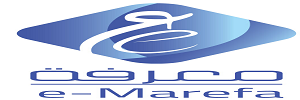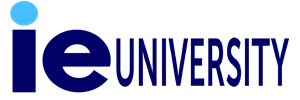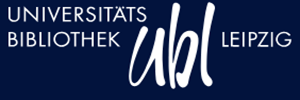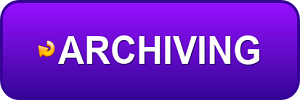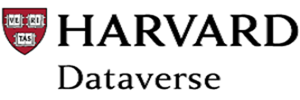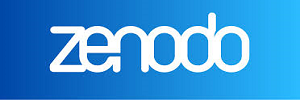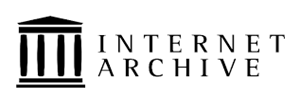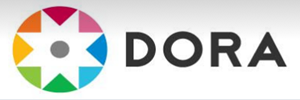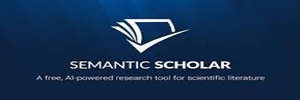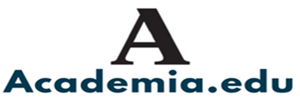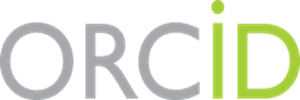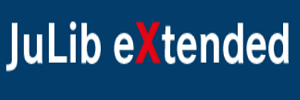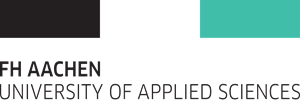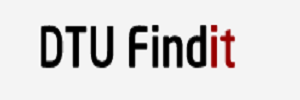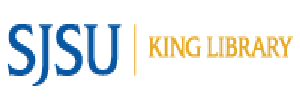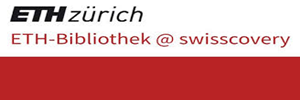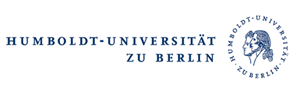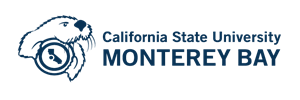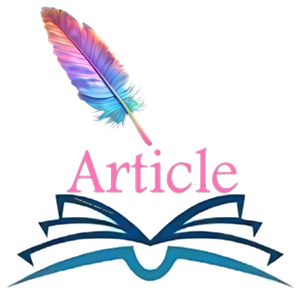Amine AYADA
University of Ibn Khaldoun University
-Tiaret- Algeria
Abstract
Translating computer scientific terms into Arabic represents a challenge that necessitates not only linguistic expertise but also a nuanced understanding of both source and target languages. Despite the increasing demand for accurate scientific translation in Arabic-speaking communities, the process is far from being simple. This study embarks on an exploration of scientific translation with a particular focus on computer scientific terms. It aims to identify the challenges encountered by translators and check if the application of translation theories is practical for creating new terms in Arabic. The study is significant as it addresses the pressing need for accurate scientific translation into Arabic language which contributes to the enhancement of communication and knowledge dissemination. An examination of various translation strategies helped to uncover the applicability of translation theories in this context. By scrutinizing the linguistic nuances, we seek to unravel the complexities inherent in translating computer scientific terms into Arabic. Findings not only shed light on the practical application of translation theories but also underscore the importance of context and domain-specific knowledge in achieving accurate and sensitive translations. Ultimately, this study contributes to the broader discourse on scientific translation by offering recommendations for enhancing the precision and fluency of computer scientific translation into Arabic, thereby facilitating the seamless exchange of knowledge across linguistic boundaries.
Keywords:
Arabic terminology, computer science terms, methods, scientific jargon, solutions, translation theories
How to Cite this Paper:
Ayada, A. (2024). Exploring scientific jargon: Diverse translation theories for conveying computer scientific terms into Arabic. Atras Journal, 5(1), 77-89
References
Al Didawi, M. (2005). Translator’s Approach. Arabic Cultural Center, Jordan.
Baer, B. J. (Ed.). (2021). Fedorov’s Introduction to Translation Theory. Taylor & Francis Routledge
BAYER, M. (2007).To mean or not to mean. Khatawat for publishing, Syria.
Catford, J. C. (1978).A linguistic Theory of Translation (5th ed.). Oxford University Press, London
Conference of Translation Services of European States (2003). Recommendations relatives à la terminologie [Recommendations related to terminology, 2nd ed.].MediaCenter of the Confederation, Berne
Elgobshawi, A., E. (2022). Translation and Arabization of Computer Terminology: A Study of Learners’ Preferences and Attitudes. Eurasian Journal of Applied Linguistics, 8(1), 288-297
FahmiHijazi, M.(1993).Linguistic principals in terminology.Gharib Pub House, Cairo
Felber, H. (1989). Terminologie in Theorie und Praxis. Tübingen, Germany: Gunter Narr
Hardin,G., & Picot, C. (1990). Translate: Initiation à la pratique de la traduction. Bordas, Paris: Aubin Imprimeur
Hassan, A. A. (1995). Arabization in the Ancient and Modern Era. Al fikr Al Arabi pub House, Cairo
Lakhal, S. (2008). Theories in translation; A research on the substance and practices. International Literature Magazine, 135, 43-73.
Madane, H. (2016). The role of derivation in establishing terminology: A dictionary of Computer Terms as an Example. Dār al-Kutub al-ʻIlmīyah.
Newmark, P. (1988 a).A textbook of translation. Prentice-Hall International, New York
Newmark, P. (1988 c).A Textbook of Translation.London and New York Prentice Hall International (UK) Ltd.
Nida, E. (1964 a).Towards a Science of translating. Leiden-Netherlands
Saleh, M. I. (2023). Computer and Arabic Language Practical Applications (Teaching, Translation, Dictionary Making, Research). King Salman International Academy for the Arabic Language.
Souci, M. (1989).Math language in Arabic.Al Kalam Pub house, Tunisia.
Thelen, M. (2015).The Interaction between Terminology and Translation. Trans-kom
Venutti, V., & Baker, M. (2003).The Translation Studies Reader (4thed.). Routledge, NY
Vinay, J. P., & Darbelnet, J. (1995 a).Comparative Stylistics of French and English.Benjamins Pub, Amsterdam

Copyright for all articles published in ATRAS belongs to the author. The authors also grant permission to the publisher to publish, reproduce, distribute, and transmit the articles. ATRAS publishes accepted papers under the Creative Commons Attribution-NonCommercial 4.0 International (CC BY-NC 4.0) License. Authors submitting papers for publication in ATRAS agree to apply the CC BY-NC 4.0 license to their work. For non-commercial purposes, anyone may copy, redistribute material, remix, transform, and construct material in any media or format, provided that the terms of the license are observed and the original source is properly cited.
